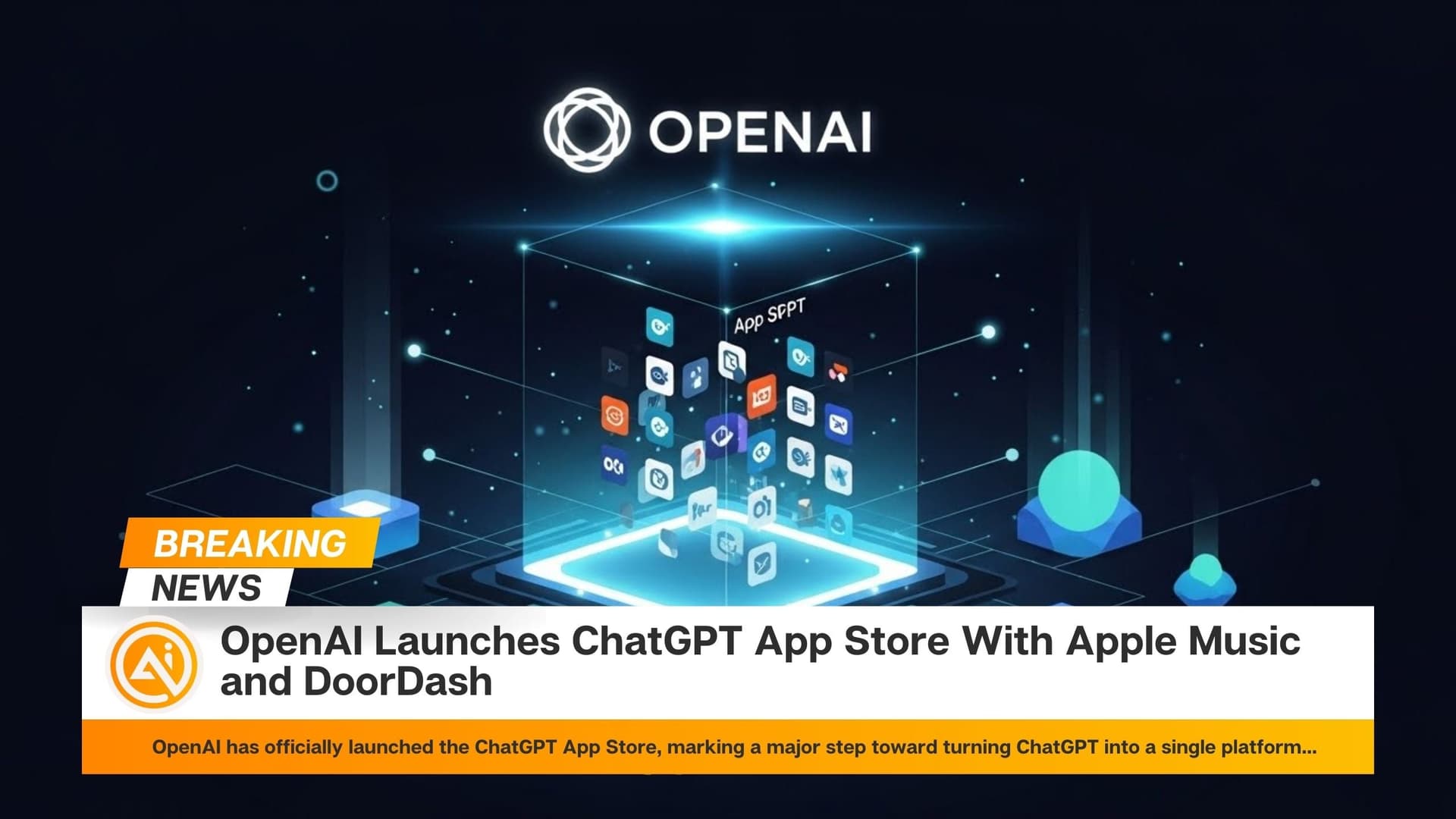IBM has announced the release of its latest mainframe, the IBM z17, a powerful and energy-efficient system tailored to meet the growing demands of artificial intelligence. Powered by the new Telum II processor, the z17 is built to support more than 250 AI use cases, including generative AI and AI agents, while offering full encryption and compatibility with a range of software, hardware, and open-source tools.
Despite mainframes being seen as legacy technology, they remain critical to enterprise operations, with 71% of Fortune 500 companies still relying on them. The global market for mainframes was valued at $5.3 billion in 2024, reflecting their continued relevance. The z17 can process 450 billion AI inference operations per day—a 50% improvement over its predecessor, the IBM z16 released in 2022.
IBM began planning the z17 five years ago, well before the current AI boom sparked by the release of OpenAI’s ChatGPT. Throughout development, IBM collected feedback from over 100 customers, investing more than 2,000 hours into research to shape the system’s capabilities. Tina Tarquinio, IBM’s VP of Product Management for IBM Z, emphasized that the z17 was built to adapt to the evolving AI landscape, with room for scaling up as models become more complex.
The z17 will initially support 48 IBM Spyre AI accelerator chips, with the capacity to expand to 96 within a year. This flexibility is part of IBM’s strategy to future-proof the system against rapid changes in AI technologies. Another key advantage of the z17 is its efficiency—its on-chip AI acceleration is 7.5 times faster than before, using 5.5 times less energy compared to other platforms handling similar tasks.
Set to be available from June 8, the IBM z17 positions itself as a cutting-edge tool for businesses embracing AI, offering both performance and sustainability.
